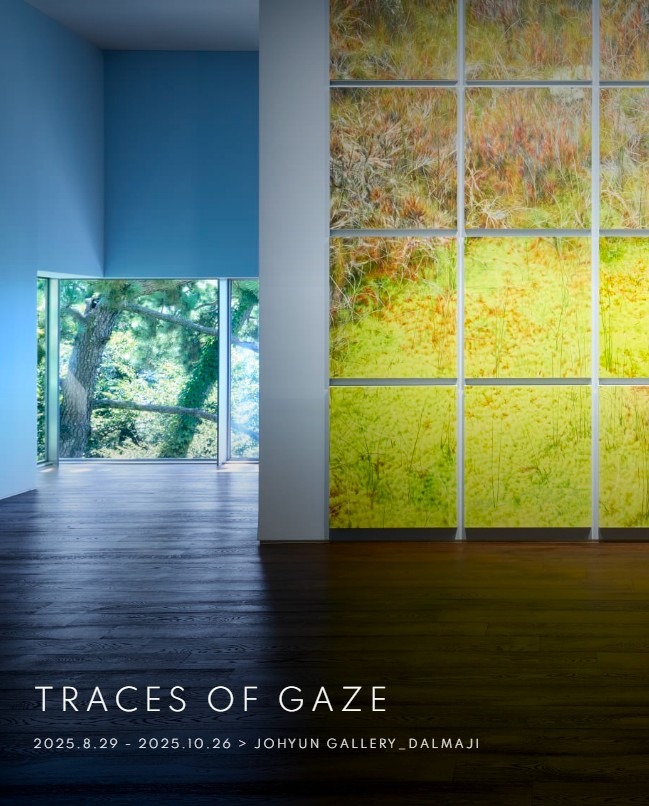
| Period| | 2025.08.29 - 2025.10.26 |
|---|---|
| Operating hours| | 19:00 |
| Space| | Johyun Gallery/Busan |
| Address| | 171, Dalmaji-gil 65beon-gil, Haeundae-gu, Busan, Korea |
| Closed| | Mon |
| Price| | Free |
| Phone| | 051-747-8853 |
| Web site| | 홈페이지 바로가기 |
| Artist| |
|
정보수정요청



|
|
Exhibition Information
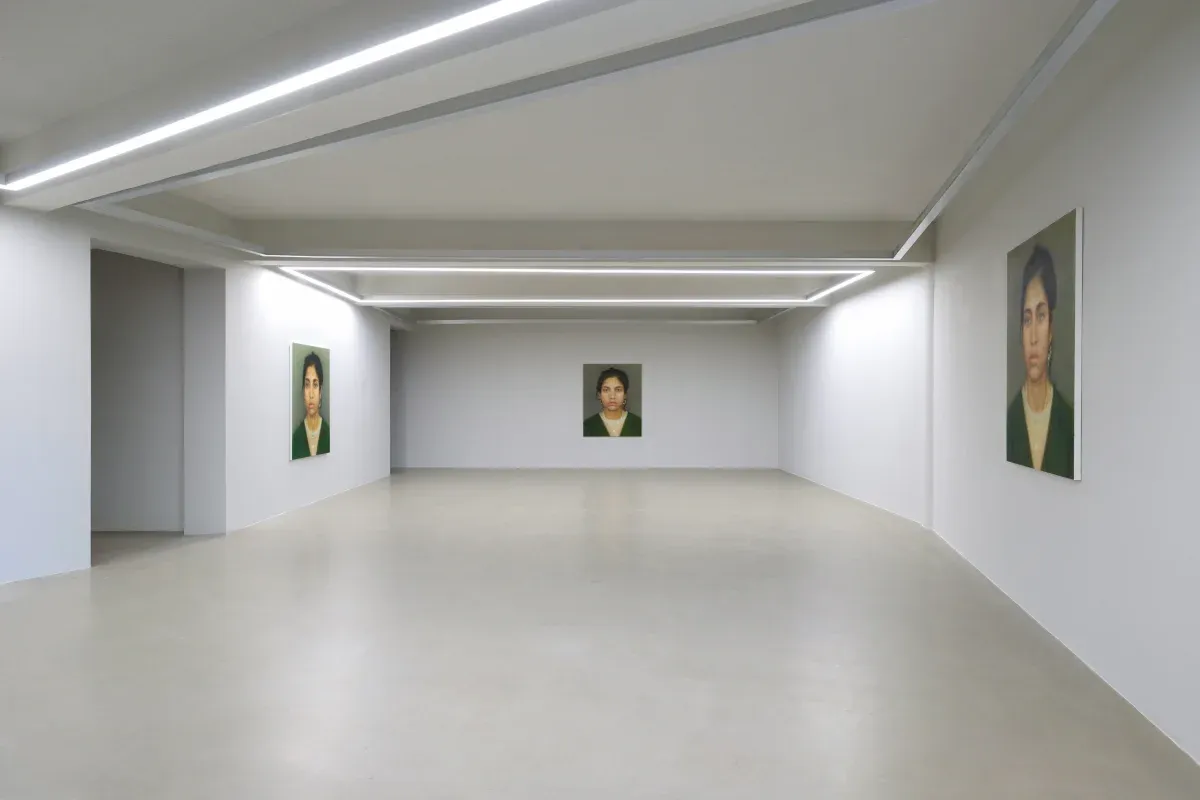
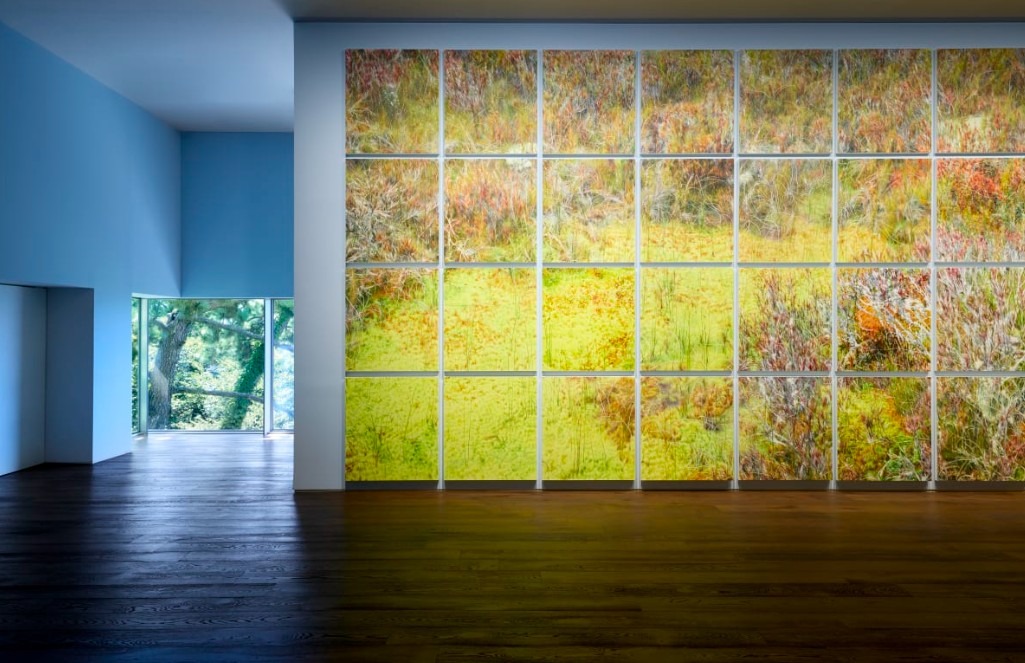
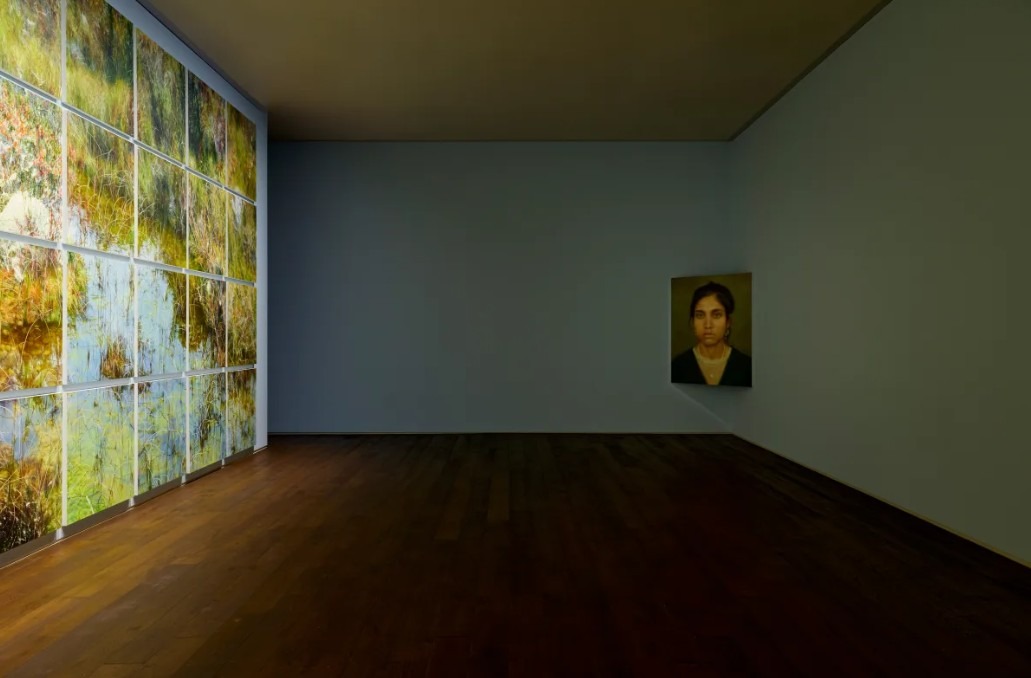
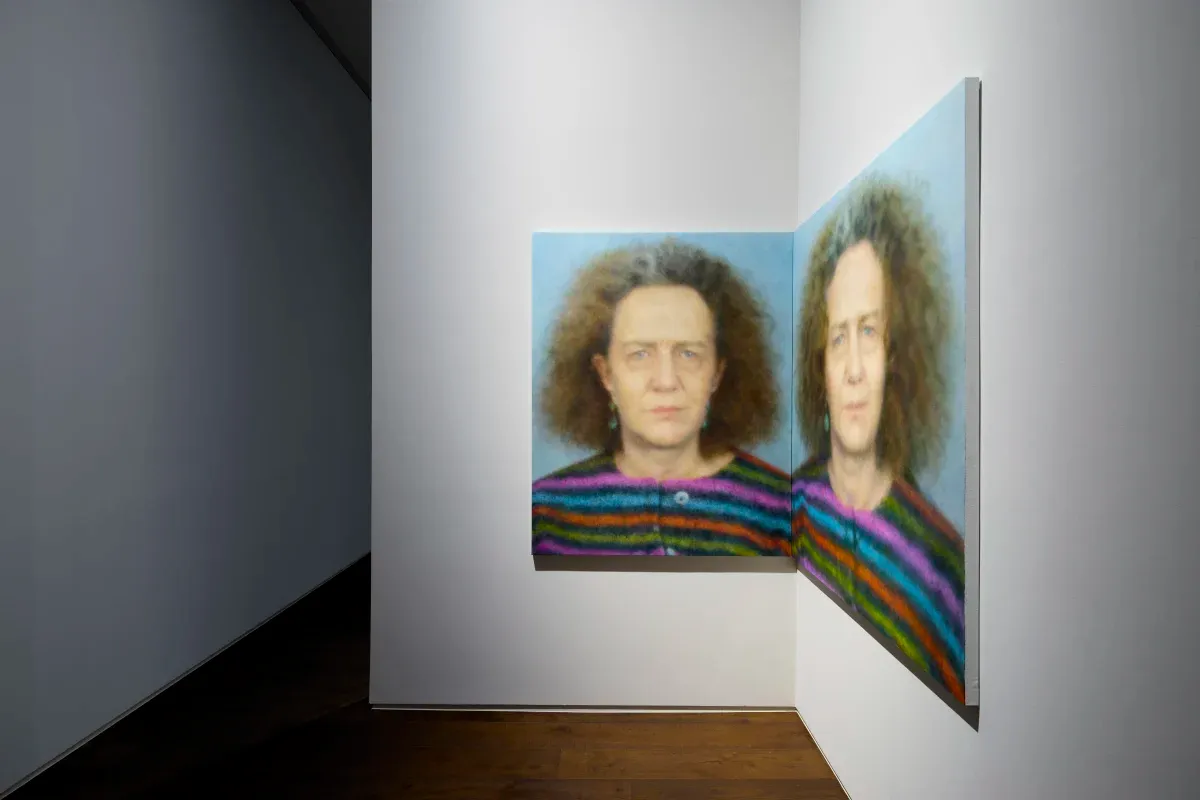
Johyun Gallery presents Traces of Gaze, a solo exhibition by Lee Kwang-Ho, from August 29 to October 26, 2025. Featuring more than ninety works, including eight new portraits—his first in two decades—and seventy-six paintings from the ongoing BLOW-UP project (2023–), the exhibition offers a focused insight into the central theme that has shaped Lee’s thirty-year artistic journey: the nature of gaze. Lee Kwang-Ho returns to portraiture for the first time since his Inter-View series at the Changdong Studio residency in 2006. He employs a pinhole lens to create blurred and imperfect images in his latest portraits. The rudimentary optical device produces low-resolution, subtly diffused visuals while also creating greater depth through its long exposure. Within this slow passage of time, a single frame captures a subject’s delicate changes. Lee’s canvases, layered with brushstrokes that seem to feel their way forward, resist precise representation and transform the surface into a tactile space where sight and touch converge. BLOW-UP, inspired by his 2017 trip to New Zealand, also embodies Lee’s distinctive tactile approach to painting. Over the course of approximately five hours of intensive work, referencing thousands of wetland photographs, the artist applies brushstrokes to a dampened canvas, scratches out lines in bright areas with etching needles, and renders white moss sections with rubber brushes. Through the process, the artist deconstructs the contours in the image while enhancing the overall sense of density. Notably, the spattering technique—flicking oil paint onto the canvas without brush contact—imparts a vibrant, crisp visual effect. In this exhibition, seventy-six paintings from the BLOW-UP series fill an 18-meter-long wall in a four-by-nineteen arrangement, forming a single monumental image. Within the multi-layered structure where the artist’s choice to fragment a single scene across the canvases and the viewer’s re-assembling gaze intersect, viewers this time encounter the portraits installed between natural light and painted light, positioned to overlook both the gallery’s windows and the interior exhibition hall. These portraits, seemingly oblivious to the external gaze, invite the viewer into a space where the boundaries between self and subject blur. The Johyun Gallery_Dalmaji leverages its physical conditions—large glass windows facing the ocean and an 18-meter-long wall—to enable the artist to treat the space as a vast visual installation. Within this space where actual gaze and mediated gaze intersect, Lee Kwang-Ho demonstrates that painting is an art completed through the act of seeing.
